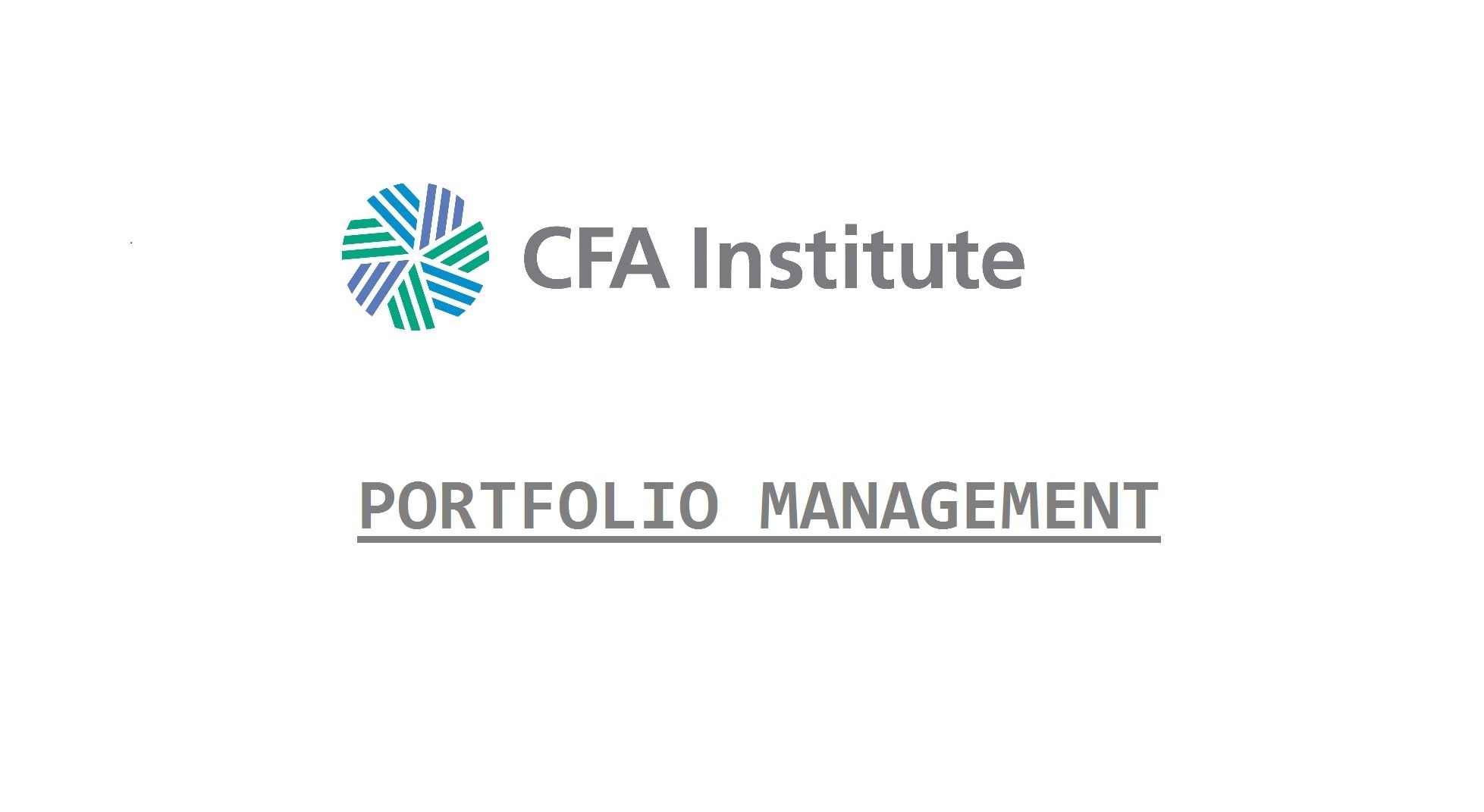Cognitive errors are due primarily to faulty reasoning and could arise from a lack of understanding proper statistical analysis techniques, information processing mistakes, faulty reasoning, or memory errors. Such errors can often be minimized or mitigated with better training or information.
Belief Perseverance
Conservatism bias occurs when market participants rationally form an initial view but then fail to change that view as new information becomes available.
Confirmation bias occurs when market participants look for new information or distort new information to support an existing view.
Representativeness bias occurs when the similarity of objects or events confuses individuals’ assessments regarding the probability of an outcome. Individuals systematically make the error of believing that two similar things or events are more closely correlated than they actually are.
Representativeness is based on a belief the past will persist and new information is classified based on past experience or classification. While this may be efficient, the new information can be misunderstood if is classified based on a superficial resemblance to the past or a classification. Two forms of representativeness include:
- Base rate neglect, where the base rate (probability) of the initial classification is not adequately considered. Essentially the classification is taken as being 100% correct with no consideration that it could be wrong. A stock could be classified as a value stock and new information about the stock is analyzed based on that classification. In reality, it may not be a value stock.
- Sample-size neglect makes the initial classification based on an overly small and potentially unrealistic sample of data. The error made is believing that the characteristics of the small sample reflect the population. Individuals simply infer too much from a small sample of data. For example, a fund manager may show strong performance over a three-year time horizon.
Illusion of control bias exists when market participants think they can control or affect outcomes when they cannot. It is often associated with emotional biases: illusion of knowledge (belief you know things you do not know), self-attribution (belief you personally caused something to happen), and overconfidence biases (an unwarranted belief you are correct).
Hindsight bias is a selective memory of past events, actions, or what was knowable in the past, resulting in an individual’s tendency to see things as more predictable than they really are
Information-Processing Biases
Anchoring and adjustment bias occurs when market participants use psychological heuristic experience based trial and error rules to unduly affect probabilities. Changes are made but in relation to the initial view and therefore the changes are inadequate.
Mental accounting bias arises when money is treated differently depending on how it is categorized.
Framing bias occurs when decisions are affected by the way in which the question or data is “framed.” In other words, the way the question is phrased affects how the information is processed leading to the answer given.
Availability bias starts with putting undue emphasis on the information that is readily available.
Availability bias can be further broken down into the following overlapping causes:
- Retrievability. If an idea or answer can be thought of quicker than others can, it is often chosen as correct, even if it is not. The dictionary example just discussed is an example of retrievability bias.
- Categorization. This is the tendency to place items in categories that share what individuals perceive as common characteristics. Once placed into a category, the individual then tends to treat all items within the category as being the same when making decisions rather than looking at the individual characteristics of each investment. Individuals make the mistake of assuming the categories are better descriptions of reality than they actually are.
- Narrow range of experience. This results from an individual with a narrow range of experiences using her experience as a frame of reference when estimating probabilities for the population.
- Resonance. If a piece of information or an event strikes a chord with an individual’s own beliefs and desires, the individual may overweight the importance of this information when making decisions.
